According to statistics, only in the third quarter of 2017, VR head-mounted shipments exceeded 1 million. With more and more manufacturers entering this big market, I believe this figure will soar in the near future.
However, before you or your child tries these VR devices, there are some potential health risks you still need to understand:
Maintain a clean and tidy VR experience spaceBasically every VR head-mounted vendor will state in the security warning that experiencing VR in a crowded space is a very risky thing without supervision.
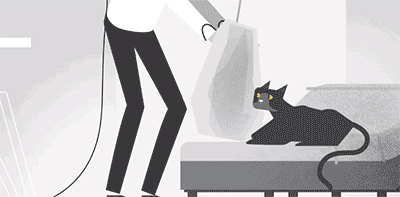
The HTC Vive's security information page also shows that when the experience wears Vive, you will not be able to see the world around it, so don't over-rely on the monitoring mechanism of the product and equipment.
Often in many VR experiences, the distance that the experiencer sees in the VR environment tends to be much longer than in real life, so you may be tripped, hit the head, or even seriously injured, so when you experience virtual reality you have to have someone To take care of you, this is mandatory.
Therefore, regardless of pets, children, or other obstacles, be sure to keep them away from the experience area.
Vision potential problemsWhether it will affect vision is still one of the biggest controversies in VR technology.
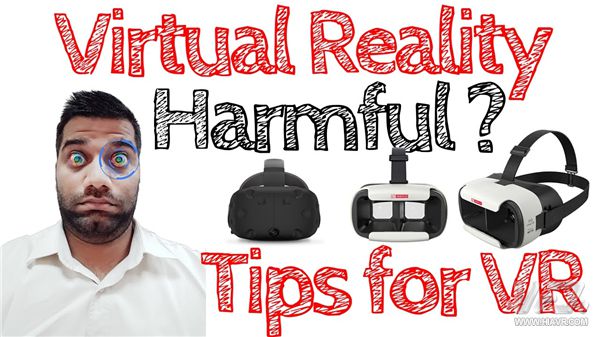
According to Martin Banks, a professor at the University of California, Berkeley, “There are still a variety of potential problems with VR technology, such as whether virtual reality will affect our eye development and lead to eye diseases such as myopia or astigmatism.†Professor Banks currently The visual perception in the virtual environment is being studied.
Myopia is a growing problem around the world. In the United States alone, myopia has risen from 25% in 1970 to more than 40% in 2000, and more than 10 million American adults have suffered from severe myopia.
“Regardless of tablet or mobile phone, even improper working mode will increase the risk of myopia. But now, VR technology may make this phenomenon worse.†Banks said.
In case of physical discomfort, stop testing immediatelyMany VR experiencers complain of eye fatigue, headaches and even nausea.
In fact, the most "infamous" motion sickness is not a recent disease. As early as when pilots and astronauts used simulators to practice, but it was called simulator syndrome at that time, experts generally believed that VR motion sickness was similar to simulator syndrome and seasickness because of the visual system and the vestibule. System is not coordinated.
Simply put, in real life, our eyes will naturally focus on a point in space, and our brains are also accustomed to it, but VR separates them and confuses the brain.
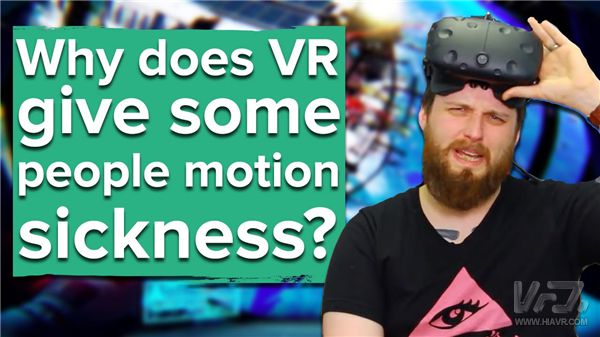
"In the VR environment, our visual and interactive methods have changed because the picture that may be projected into the glasses looks very distant, but it is actually only a few centimetres away from the eyes." Walter Greenleaf, a neuroscientist, said that at present he has Researched VR technology in the medical field for more than 30 years.
Scientists call this phenomenon vergence-adaptive:
Versatility: Aim with the eyeball. If the objects are close, your eyeballs will naturally focus on them; if they are far, they will be scattered. Therefore, vergence is generated. If your eyes are not aligned correctly, you will eventually see a double object.
Adaptive: Eye lens is focused on the object, also known as adaptive function. Normally, the degree of vergence and the adaptive function work simultaneously.
However, once the VR headset is worn, all of the above are invalid. These stereoscopic heads present 3D graphics by presenting slightly offset images to the eyes - the more off-set, the closer the objects appear. In other words, your eyes are always adjusted to the screen that is in front of your eyes, but they focus on a farther distance.
Greenleaf thinks: “We all know that this is deceiving the brain, but nobody knows what impact this will have on long-term performance.†Therefore, how long should the VR experience be set to be most appropriate? Like Oculus had previously recommended “Each Experience a 30-minute break in 10-15 minutes, but many experts believe that there is no scientific basis for this argument.
“Most of the content on the market today is not good enough to be excellent. Many fast flashing images are too fast or too aggressive for the experiencer. This can lead to severe eyestrain among the experiencer.†Creative Ideas, University of Southern California School of Cinematography Marientina Gotsis, director of the Center for Media and Behavioral Health, said, "The damage caused by eye fatigue can sometimes be very sudden, so if you have any discomfort when experiencing VR, stop immediately."
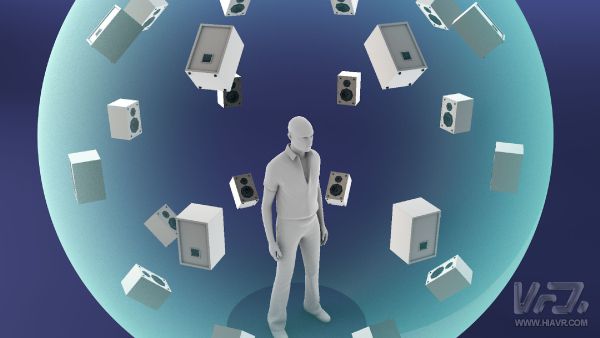
In addition, the potential hidden dangers of VR technology are not only in the eyes, but loud audio can also cause irreparable damage to the hearing of the experiencer. Over time, although large frequencies of audio may not sound uncomfortable, it may actually impair hearing of the experiencer. If the user cannot hear the voices of people around when experiencing VR, this means that The volume should be reduced properly.
"Special" people need to use VR with cautionIf you are pregnant, elderly, have a history of epilepsy, or have implanted hearing aids, defibrillators, etc., you need to be more cautious about using VR devices. Therefore, each VR head display manufacturer recommends that if during the experience of invoking the involuntary muscles Phenomenon or loss of balance should also stop using the VR headset immediately.
In addition, Google Daydream also recommends that if you are drunk, overtired, or have other physical discomforts such as a cold headache, you should completely avoid using VR, because it will make the experience feel worse; at the same time, shared devices may also bring Symptoms such as infectious diseases or skin inflammation.
Children should experience VR under guardianship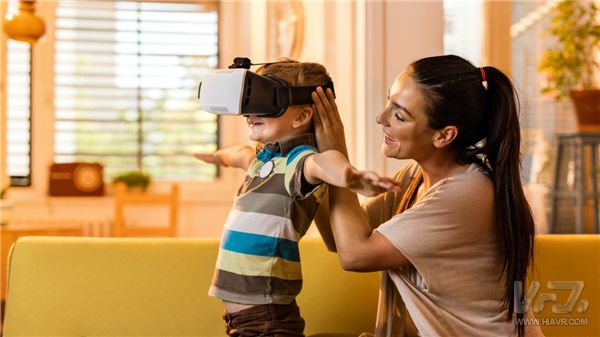
For these new technology products, it's almost impossible to say "No, you can't use these" to children. Gotsis believes that children with younger age should experience shorter VR time. "Children may not know how to express their discomfort in any form, so as parents should not allow them to stay in VR for a long time."
Jeremy Bailenson, director of the Virtual Human Interaction Laboratory at Stanford University, uses VR technology in his lab every day. However, he allowed his 6-year-old daughter to experience only 4 VR applications and was limited to 5 minutes at a time.
He said: I learned a lot of the latest research results in my work, but what we see is mostly about the results of VR in medical applications, and there is not much mention of the impact of this technology on children.
Banks also agrees with this, and said: "This technology research is mostly carried out by young people, so it is not clear what kind of impact it will have on children."
In fact, many VR device manufacturers have set a limit on age: Children under the age of 13 should not use it. While PSVR limits the age to 12 years old, HTC Vive stated that its products are not designed for children.
Violent and bloody content may affect your behavior toward realityVR experience content also affects your perception of reality. Bailenson of Stanford University said: "The VR experience can be stored in the brain's memory center in a way that is surprisingly similar to the real world experience. In other words, when the VR experience is done well, our brains will believe it is true. of."

Research shows that if the content is good enough and inspiring, the experiencer can even increase their psychological and physical activity and increase their sense of resonance.
But what if the content is full of bloody and violent episodes? Google Daydream's health and safety tips show straightforwardly that if the content is terrible, violent or anxious, it may have unhealthy psychological and physical reactions to those who experience it, including blood pressure and heart rate. Raise, anxiety, post-traumatic stress disorder, and more.
“Imagine what impact you would have if you were doing this in the real world? Research has shown that VR experiences can change behavior in real life more than watching videos, role-playing games, etc.†Bailenson said.
"So, don't simply think of VR as a 'media experience' because the brain thinks it is similar to reality. If a VR experience doesn't meet the ethical standards of your real life, ask the experiencer to avoid these Experience."
Children's VR content types need to checkResearch shows that children are more likely to confuse VR content with reality, which also means that the youngest person will face the greatest risk. In an experiment in 2009, young schoolchildren watched their virtual avatar and whale swim with the video of the sea one week later and they were convinced that the virtual experience was real.

Jakki Bailey from the University of Texas recently conducted a non-profit research. In the research project, 55 4-year-old children played "I Say You Do" with the famous animated doll Grover. Half of the children were in the VR environment while the other half was on TV.
The good news is that during the 5-minute game, children in the VR experience did not feel ill or dizzy. "But compared to television, children in VR think that the Grover they saw was more real and more influential, so they couldn't restrain their behavior and couldn't do what Grover said," Bailenson said.
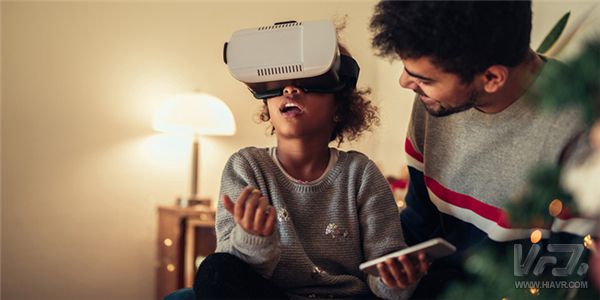
This means that parents need to be more rigorous in restricting the types of VR content that children watch.
"The spider can be a cute and funny spider, it can be a scary spider. I didn't know what it was like before I went to experience it myself," Gotsis said. "So I think there's no substitute for parents to try it out first. Take a look at those experiences and then immerse them with the children. There is a fundamental difference between experience and experience with others.â€
Bailenson believes that as long as parents do their duty, children can use VR rationally and avoid harm. “I don’t worry about children using VR technology. What I’m worried about is children experiencing anything without control. Virtual reality technology is more powerful than any traditional media in the past, but if there is proper adult supervision, I want to use it occasionally. Children still have positive influence."
There are two sides in everything, people have two sides, and things have two sides. The development of high technology has indeed brought people convenience, but at the same time, controversy is inevitable. For example, virtual reality VR. Although the positive impact of virtual reality is obvious, we cannot ignore its side effects.
Although we do not yet have a solid scientific basis to show that wearing VR glasses will cause permanent damage to people's health, we still hope that we can have a more comprehensive understanding of VR through this article. In fact, we are discussing VR. When the advantages and disadvantages of technology, whether or not they can properly play the positive role of these emerging technology devices ultimately depends on us.
This article is original by VR net, please indicate VR net and chain back.
AC (Alternating Current) Power cord is to transmit high voltage. It is used to drive machinery or home appliances. Since AC Power Cord is output of high voltage electric power, there is a risk of electric shock injury, therefore, All the AC power cord must comply with safety standard to produce. DC (direct Current) power cord is used to the applicance with lower voltage mostly, so safety requirement is less stringent.
Power Cable, battery cable, DC power cable, AC power cable, power cord
ETOP WIREHARNESS LIMITED , https://www.wireharness-assembling.com